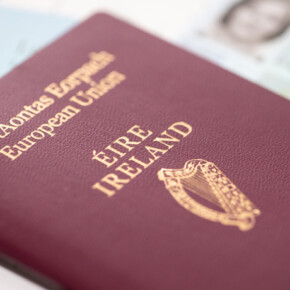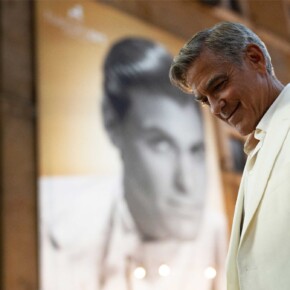Remembering Ernest Shackleton
Dublin People 14 Nov 2014ONE hundred and forty years ago, the legendary polar explorer Ernest Shackleton, was born in Athy, County Kildare.
Shackleton lived briefly in Dublin, while his father studied medicine at Trinity College, before settling in London. As a child Shackleton
‘consumed books’, firing his imagination. Reading sparked his sense of adventure, the defining characteristic of his life.
Though clearly intelligent, school bored him and at 16, Shackleton left school and went to sea.Shackleton joined the Merchant Navy as a
‘before the mast’ with the North West Shipping Company.
Over the next four years, Shackleton became an experienced sailor travelling to the four corners of the world. Shackleton was at home on the sea and by 1898 he qualified as a Master Mariner.
This meant he was qualified to command a British ship anywhere in the world. While working on a British troop ship,
‘The Tintagel Castle’ during the Boer War, Shackleton became friends with Lieutenant Cedric Longstaff.
This friendship was to change his life.Longstaff’s father, L.W. Longstaff was the key financial backer behind the National Antarctic Expedition. The thirst for adventure Shackleton had developed as a child had only grown stronger as he got older.
Shackleton used his friendship with Cedric Longstaff to ensure he secured a position on the expedition. At an interview, Shackleton impressed those organising the adventure and he was soon appointed as Third Officer on the Expeditions ship,
‘The Discovery’.
Shackleton, the explorer was born.The North Antarctic Expedition, popularly known as the Discovery Expedition, departed from London on July 31 1901, under the command of Captain Robert F. Scott.
As Third Officer, Shackleton’s duties were listed as being
‘in charge of seawater analysis. Ward room caterer. In charge of holds, stores and provisions. The expedition reached Antarctica on January 8, 1902.
During the expedition Shackleton proved himself as a capable explorer. He took part in an experimental balloon flight and also edited a newspaper,
‘The South Polar Times’. Shackleton was part of the three-man team, along with Captain Scott and Edward Wilson that set a new farthest south record, reaching 82*17′ on a journey which became an epic test of endurance.
Shackleton’s health had suffered greatly on this mission and Scott decided to send him home on the relief ship,
‘Morning’ in January 1903. A decision Shackleton resented.In 1908, Shackleton organised a new expedition for the South Pole on board the Nimrod, which reach Antarctica on January 21, 1908.
From a base camp at Cape Royds, Shackleton embarked on the famous
‘Great Southern Journey’ during which he again set a new farthest south record of 88*’23’, just 112 miles from the south pole.
Once again his survival skills were put to the test, as the return journey became a race against starvation. Other important achievements on this mission included the approximate location of the magnetic pole, the first ascent of Mount Erebus, and the first recorded sighting and human travel on the South Polar Plateau.
Shackleton returned to Europe as a hero and was in constant demand as a public speaker. He published his account of the expedition under the title
‘Heart of the Antarctic’. When questioned by his wife about whether he had been disappointed not to reach the South Pole, Shackleton the great survivor, characteristically responded:
‘a live donkey is better than a dead lion, isn’t it?’
However, it is for the
‘Endurance Expedition 1914’, that Shackleton is best known. Part 2 of Shackleton’s story will feature on this website next week.











